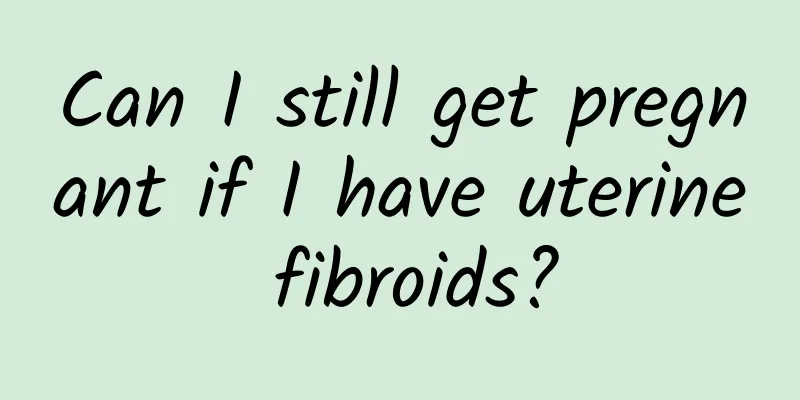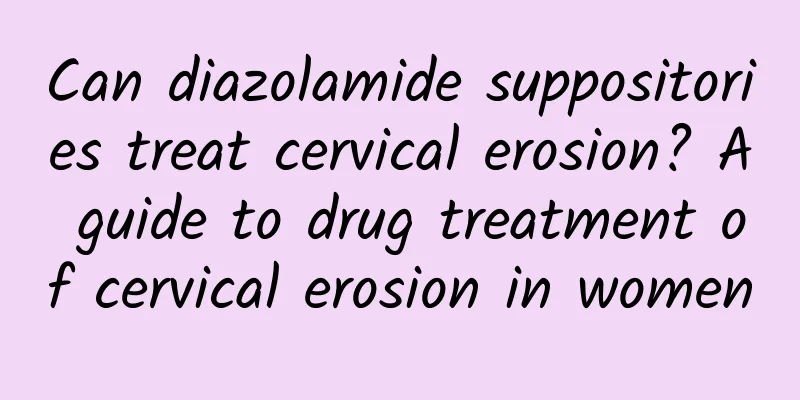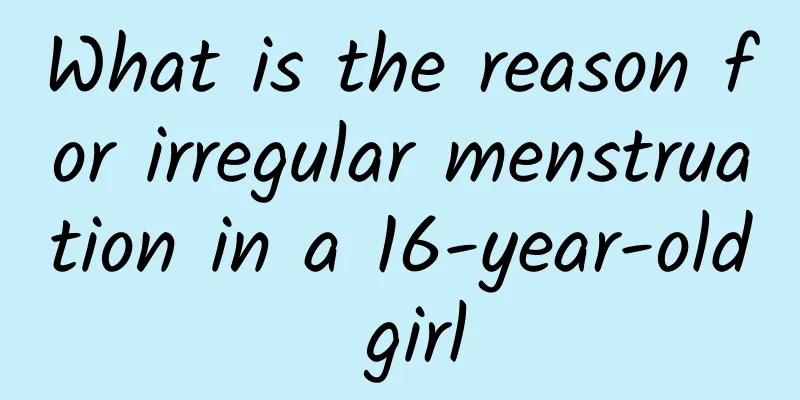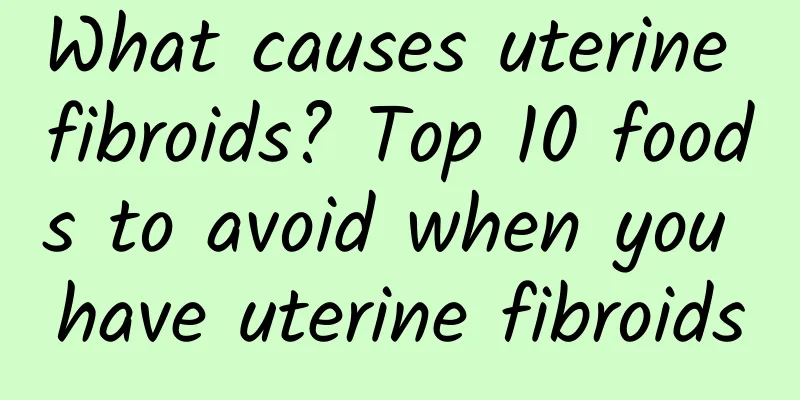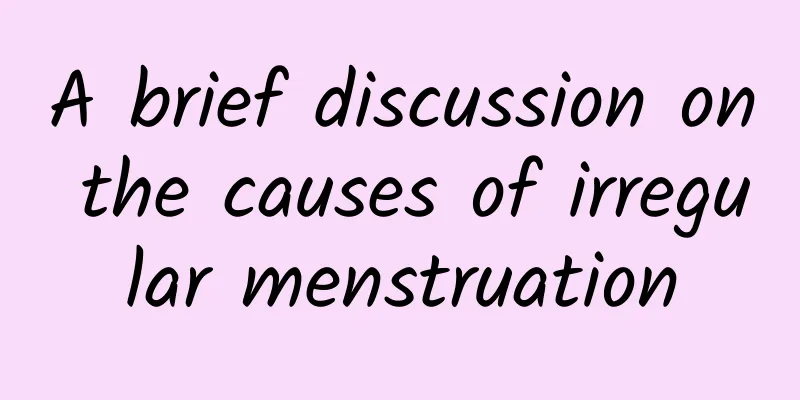The two most common treatments for uterine fibroids

|
In clinical practice, different patients with uterine fibroids should choose different methods to treat uterine fibroids. It should be determined according to the growth of uterine fibroids to minimize the harm caused by the treatment of uterine fibroids. What are the common methods for treating uterine fibroids ? The following is a discussion of the common methods for treating uterine fibroids. In general, the common methods of treating uterine fibroids are: 1. Surgery for uterine fibroids This method of treating uterine fibroids must be chosen if the size of the fibroid is equivalent to a pregnant uterus of more than one and a half months. In addition, if the fibroid grows rapidly, obvious clinical symptoms appear, and the tumor protrudes into the abdominal cavity and has a tendency to twist, it should also be surgically removed. Of course, other indications such as severe anemia, heart disease, and general condition should also be considered when deciding on surgery. The surgical procedure can be determined based on the size of the fibroid, the age of the symptoms, and the patient's desire for fertility. 2. Conservative treatment of uterine fibroids Conservative treatment of uterine fibroids must meet the following conditions: first, the tumor does not exceed the size of a 6-week pregnancy; second, the patient is postmenopausal and asymptomatic; third, the patient is near postmenopausal and can use non-surgical treatment to reduce bleeding; and fourth, the patient cannot tolerate surgery. Conservative treatment of uterine fibroids mainly includes expectant therapy and drug therapy. (1) Expectant treatment: Patients aged 40 to 50 years and near menopause, with no obvious clinical symptoms such as excessive bleeding and pain. At this time, clinical observation can be performed for a period of time, with gynecological internal examination and B-ultrasound examination every 3 months. If there is no rapid growth of the tumor, and bleeding and pain symptoms are not aggravated, the uterine fibroids can be expected to shrink gradually as the age increases and the estrogen level decreases. (2) Drug treatment: The current conservative treatment of uterine fibroids is mainly based on drug treatment, which can avoid the pain and sequelae caused by surgery. If drug treatment is not ideal, minimally invasive or surgical treatment will be considered. Chinese herbal decoctions and Chinese patent medicines are used to regulate the patient's endocrine system and microcirculation in the body, regulate blood and qi, and dissolve blood stasis and resolve nodules, thus treating uterine fibroids from the source. The above is an introduction to the common methods of treating uterine fibroids. I hope it will help you understand uterine fibroids. If you suffer from uterine fibroids, you must go to the hospital immediately and actively receive treatment to avoid the condition from worsening and causing serious consequences. |
<<: Experts explain the causes of uterine fibroids in women
>>: Everyone should have a full understanding of the care of adnexitis
Recommend
There are three main advantages of painless abortion:
Painless abortion is a very common solution to un...
What medicine to use for adenomyoma cysts? How to treat adenomyoma cysts?
Uterine adenomyoma is a common gynecological dise...
Double chamber decompression painless abortion
Double-chamber decompression painless abortion, t...
Treatment of chronic cervicitis should start with daily care
Chronic diseases generally cannot be cured immedi...
Can I use suppositories after a miscarriage?
For a period of time after an abortion, the opera...
Four causes of ectopic pregnancy
Ectopic pregnancy is very harmful to female frien...
What is the severity of threatened miscarriage?
What is the severity of threatened abortion? Afte...
What are the dangers of cervicitis
Cervicitis is a relatively common disease, so we ...
Water jet liposuction is the savior of imperfect body
Big stars also have their troubles! Hong Kong sta...
To what extent can endometrial tuberculosis be cured?
In today's society where environmental pollut...
I am preparing to have a baby, but what should I do if I have 2nd degree cervical erosion?
I am preparing to have a baby, but what should I ...
Will cervical erosion cause stomach pain?
Will cervical erosion cause stomach pain? Cervica...
Chest tightness and shortness of breath? 2 ways to stretch your chest to relieve discomfort
Do you often feel chest tightness and difficulty ...
Want to get rid of the tiger's back? 3 ways to train your back muscles and make you a beautiful back figure
Many women have the problem of too much fat on th...
How is miscarriage diagnosed?
Advertisements for infertility hospitals are ofte...

